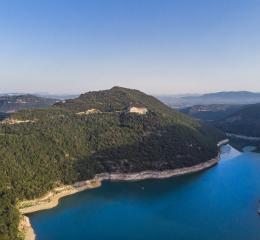Route from Montserrat to the Valle de Arán
Route of 7 nights
Paradores on the Route
- Parador de Vic-Sau
- Parador de Cardona
- Parador de La Seu d’Urgell
- Parador de Vielha
From the iconic Montserrat mountains and its abbey to the Pyrenean region of Valle de Arán, discover the beauty of northern Catalonia.
From €410 /person
Route available until May 2024.
This route starts on Sunday
Days 1 and 2
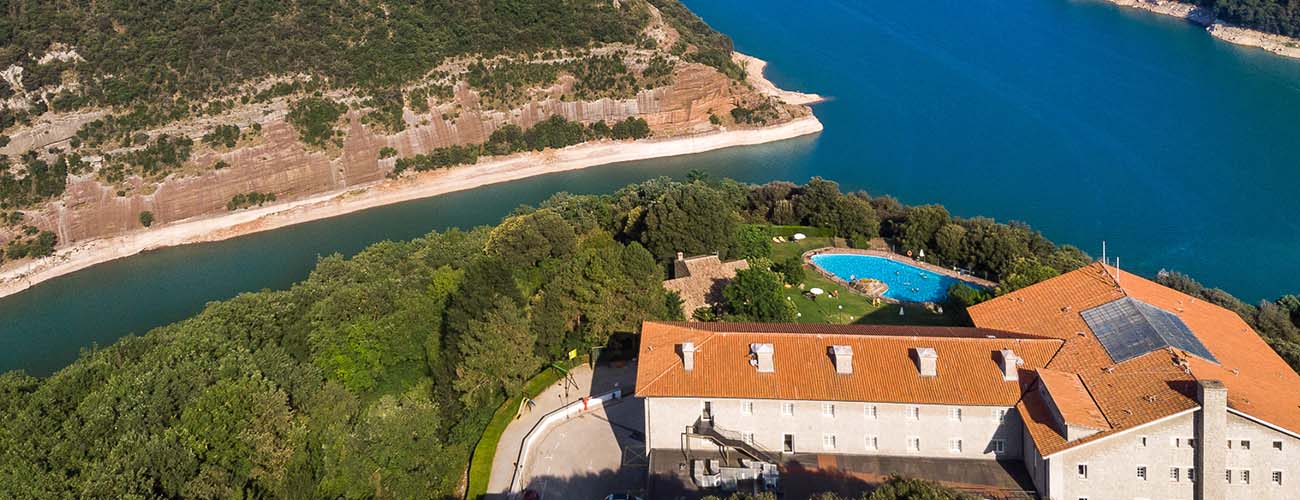
Parador de Vic-Sau
Paraje el Bac de Sau | Ctra. de Tavèrnoles km 10, 08500, Vic (Barcelona)
+34 938122323
[email protected]Sunday and Monday
Our trip starts in Barcelona, in the heart of the Guilleries-Savassona Natural Area. In this Parador you can enjoy silence and calm in a unique spot, surrounded by mountains and with beautiful views over Sau Lake where water sports are practiced. From the Parador itself, you can take walking routes through the surroundings and, if you want to enjoy a unique view, you can fly over the area in a hot air balloon. The monastery of San Pere de Casserres, founded around 1005, and an old castle are worth a visit. The nearby town of Vic offers interesting visits, such as the Episcopal Museum of Vic, the bell tower and crypt of the cathedral, the Queralt Bridge, the Montcada Castle, Sant Sixt, Albergueria. You must not miss walking through its old town and getting lost in its streets. Don't forget to try the great cold meat, especially the salchichón or llonganisa, which hold a geographical indication. The vicinity of Barcelona is also another place that should not be missed. Located about an hour drive, you wil find the iconic Montserrat mountains and its Benedictine abbey, which houses the sacred image of the Moreneta, patron saint of Catalonia. If you can, attend a concert of the choir, one of the oldest choirs of child singers in Europe.
Day 3
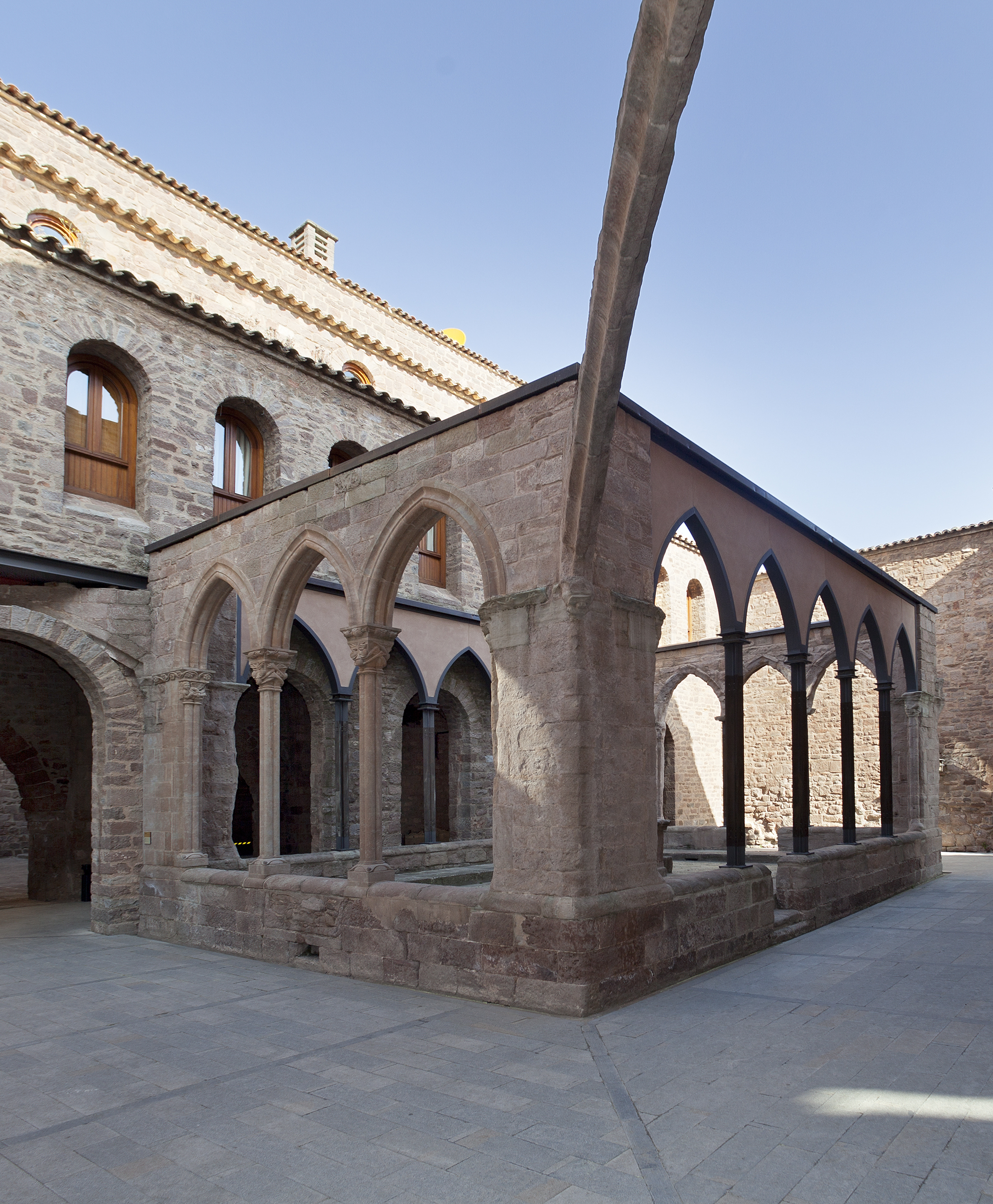
Parador de Cardona
Castell de Cardona, s/n, 08261, Cardona (Barcelona)
+34 938691275
[email protected]Tuesday
Located in the Bages region, it is one of the towns in Catalonia with the most history due to the wealth that its famous salt mines and the military value of the Castle of Cardona provided. The impressive fortress stands on top of a hillock. It hosts the impressive collegiate church of Sant Vicenç, a perfect example of Catalan Romanesque. The remains of the Viscount Castle (12th-13th century), the current headquarters of the Parador, and the medieval Minyona Tower are also interesting. The Salt Mountain, declared a World Heritage Site by UNESCO, is also another place that is interesting to visit. It is an astonishing mining complex unique in the world due to the different sheets and veins of the deposit and the diversity of minerals. In addition, you can taste the different types of salt that can be found in Cardona. For lovers of industrial architectural heritage, you cannot miss the Paperer Factory (1899) and La Costa (1879), with an original crosswise dam on the River Cardener. An ideal time to visit this small town is during one of its festivals, such as the mycological Llanega Fair, in late October, or the Salt Fair, a medieval festival in late May, or the Local Festival dedicated to the Virgen del Patrocinio, in early September, with the traditional “Running of the Bulls”.
Days 4 and 5
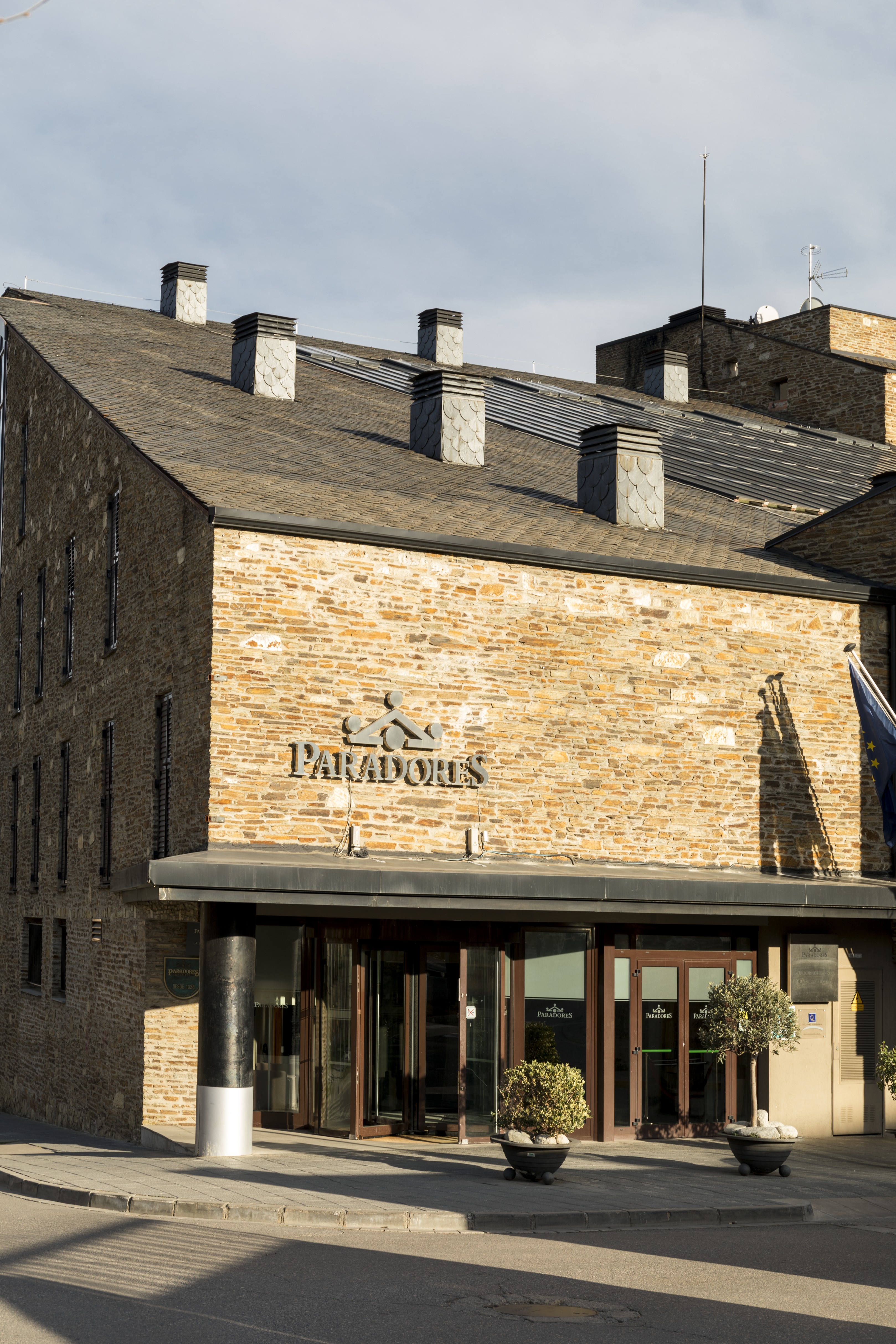
Parador de La Seu d’Urgell
Sant Domènec, 6, 25700, La Seu d'Urgell (Lleida)
+34 973352000
[email protected]Wednesday and Thursday
Heading north, this route goes across some National and Natural Parks of the peninsula, stopping in numerous places rich in beauty and history. We begin our journey in Lérida. In Seu d’Urgell, you will discover the Romanesque cathedral, its best preserved secret, and a monumental setting open to nature. Don’t forget to visit the Diocesan Museum, the Romanesque church of San Miguel or the Casa de la Ciudad, where the town hall is located, and walk leisurely around the old town with its porticoed streets and old mansions, as the commercial Canonges street with its magical porticoes. The Olympic Park of Segre, which hosted the Olympic Games in 1992, is a place for sports such as canoeing, rafting and river boarding. Golf, BTT circuits, hiking and of course ski are all part of the wide range of activities you can enjoy in the Leridan Pyrenees. The Natural Park of Cadí-Moixero, located in the pre-Pyrenees, and the Natural Park Alt Pirineu offer landscapes of unrivalled beauty where you can discover on foot the natural heritage of these lands. Known as the capital city of cheese, make the most of your stay trying the delicious artisanal cheeses of the Pyrenees. You can also take the opportunity to go to nearby Andorra and enjoy a day of shopping or discover the water theme park, the largest thermoludic centre in southern Europe, Caldea, with 25,000 m2 to relax and have fun for the benefit of your health.
Days 6 and 7
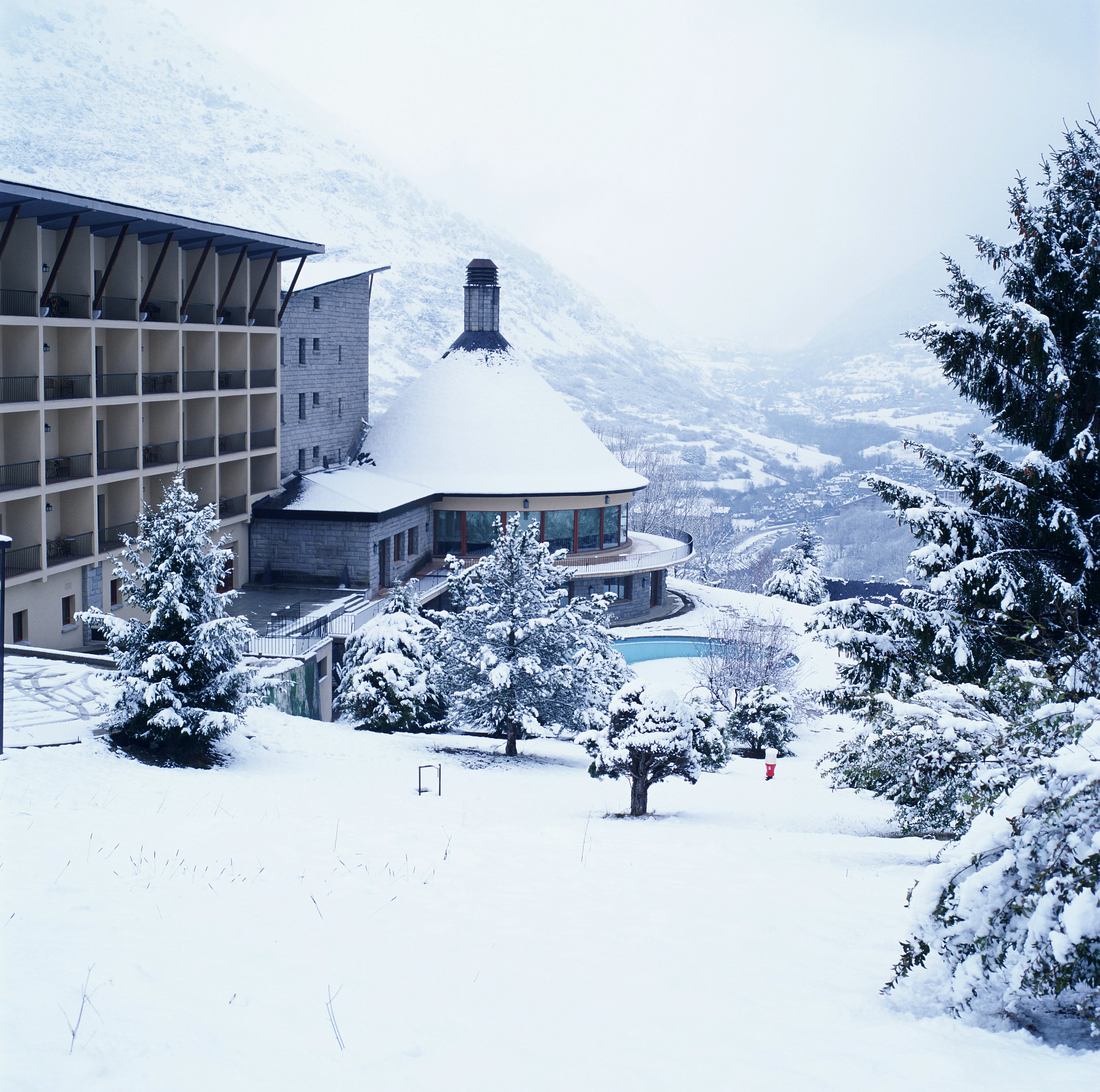
Friday and Saturday
In your journey to La Seu a Vielha you will see the overwhelming beauty of the mountains of the Pyrenees. Once in the Valle de Arán, which has its own language, we recommend the Romanesque Route where you will discover places such as Bossòst, Era Mair de Diu dera Purificación, Salardú, with the church of Sant Andrèu, and Artíes,with the church of Santa María. The National Park of Aigüestortes and Estany de Sant Maurice, where all the distinctive elements of the high mountain come together, is so beautiful and majestic in every season that you will be surprised no matter the time of the year you visit. During the snow season, you can’t miss the opportunity to ski in the nearby tracks of Baqueira-Beret or ride sledges pulled by dogs and relax in the spa of the Parador itself. Vielha is a very lively town both during the winter and the summer and, along its streets, you will discover beautiful houses, charming craft shops, gourmet shops and numerous bars and restaurants with a wide range of pinchos and a varied culinary offer. Don’t forget to try a good plate of olla aranesa (made of vegetables, meat, beans) or, as a curiosity, the local caviar produced in a factory you can visit.

